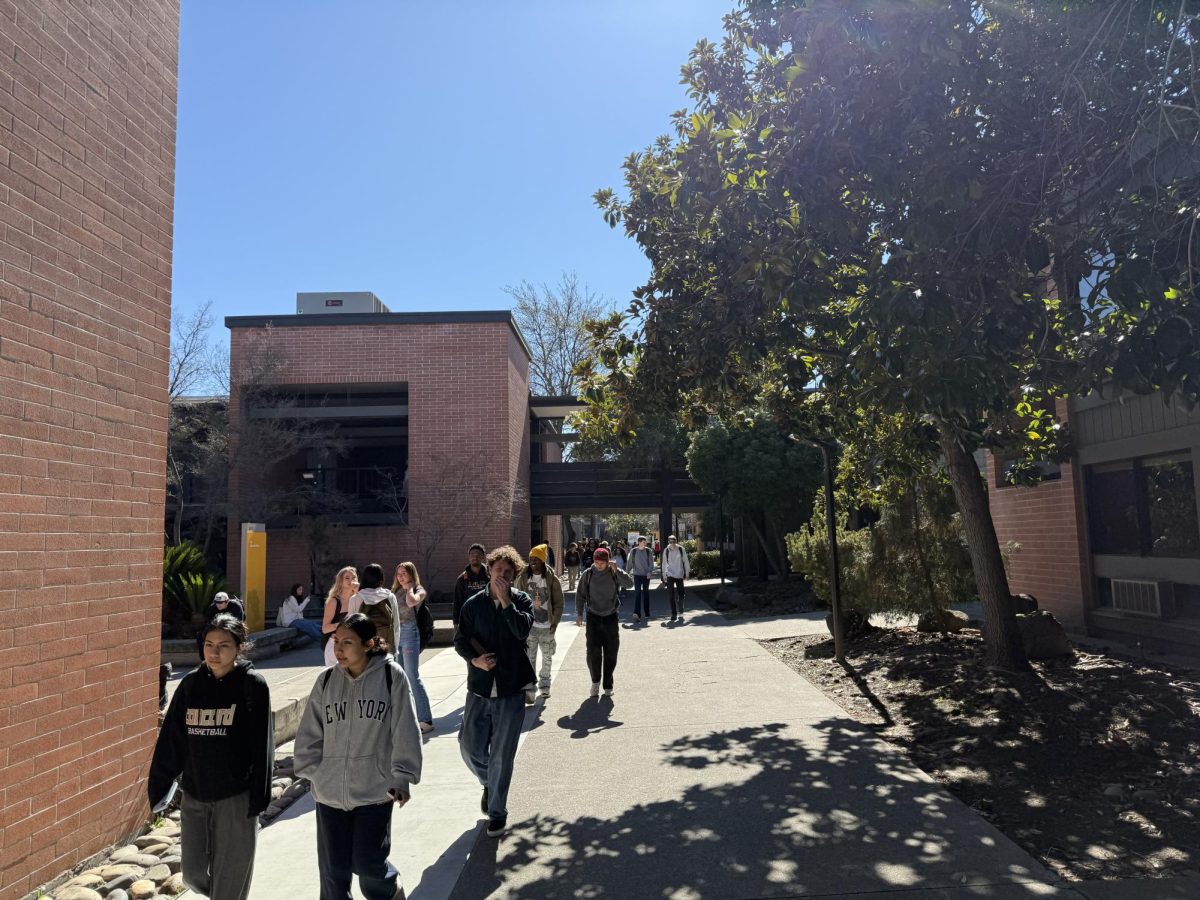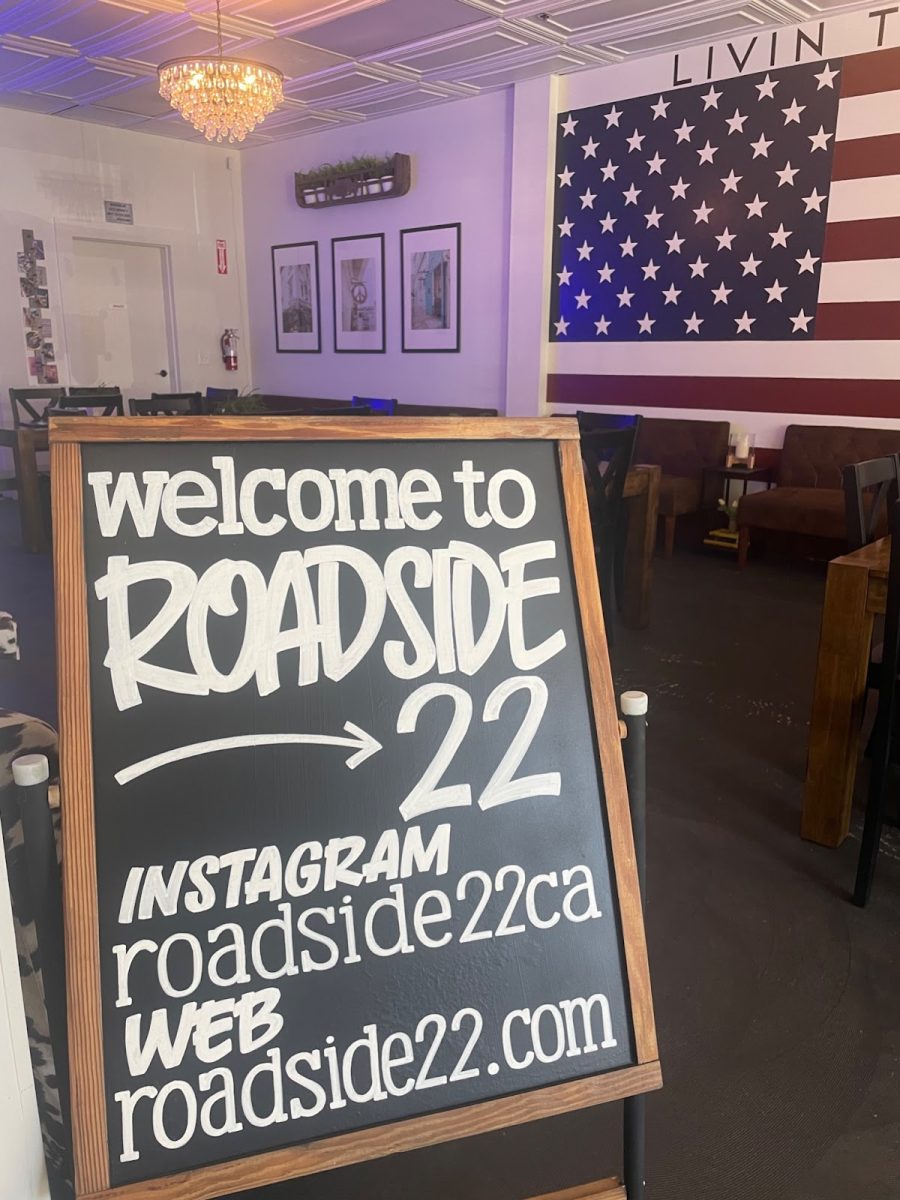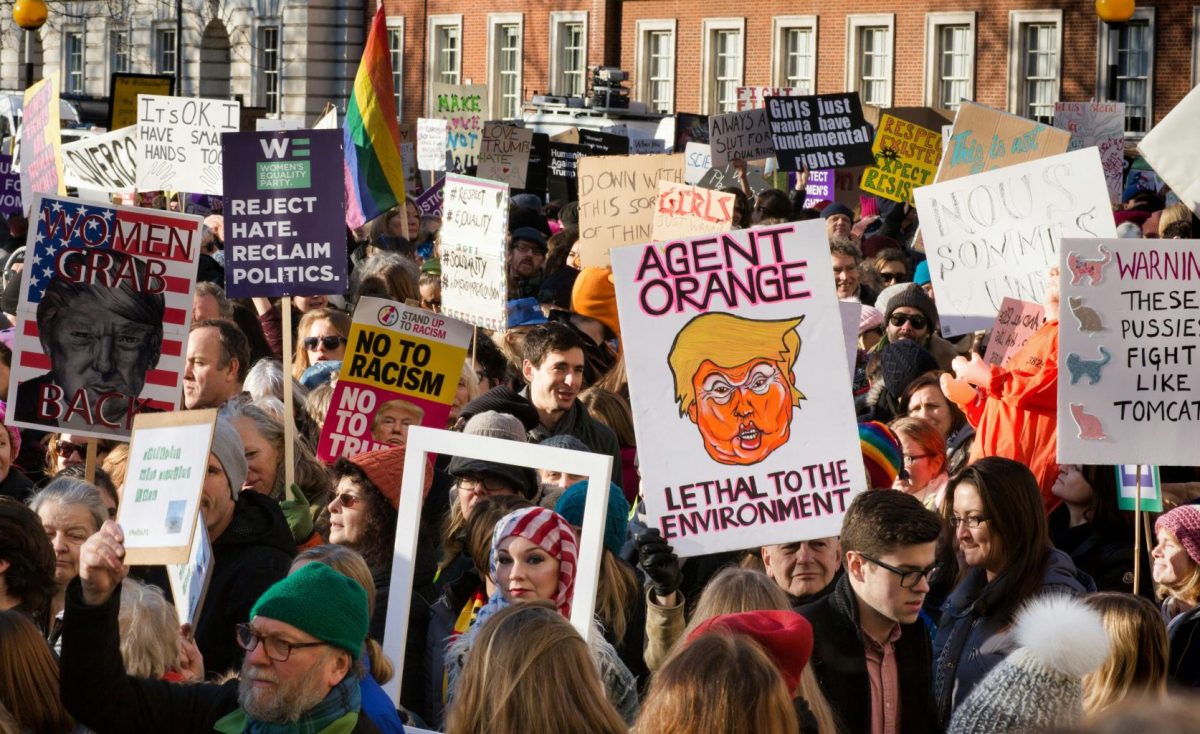After last minute efforts of campaigning, the student government (ASDVC) election took place from March 27 to March 28 at the Student Union Building.
There were no lines and the polls were far from crowded.
Out of the over 22,000 students on campus, only 738 participated in the act of voting.
The UAID coalition, which has been in power for nearly four years, lost every single contested executive position.
9-UP candidate Francisco Hinojosa, who has attempted to win the presidency several times over the years, defeated Eric Lee for the presidency by a margin of nearly 100 votes.
Vice President of Legislative Affairs-elect Ryan Souza ran unopposed and was the only one from UAID to win.
Independent runner Peter Kim won vice president of executive affairs. “I think it was fair” said Lee. “We learned a lot and it was a fun experience. I thought there would be more voters, but regardless I was happy.”
President-elect Hinojosa also felt it was a solid election. “I was surprised and humbled by the student’s choice to elect me as their student president. The U-AID did a great job and ran a clean campaign,” Hinojosa said.
Some students were not allowed to vote, including the Inquirer’s own senior staff writer Sean Wilkey. The Student Life Office staff in charge of processing voters claimed that they were not on record as students and subsequently turned them away.
The ASDVC recently amended section 10.03 of the elections code and removed the language mandating that the polls be open on Saturday.
Of the ones that did vote, the majority of voters interviewed near the polls claimed that they had voted primarily for the free hotdog by either filling out the ballot randomly or leaving it blank.
“I don’t imagine the student elections having much effect on me, so why should I care? I would simply rather not pay for my lunch,” said DVC voter Daniel Pugh.
There was no lock on the ballot box which, while not addressed in the ASDVC charter, can be seen as problematic regarding the security and validity of the elections.











































































